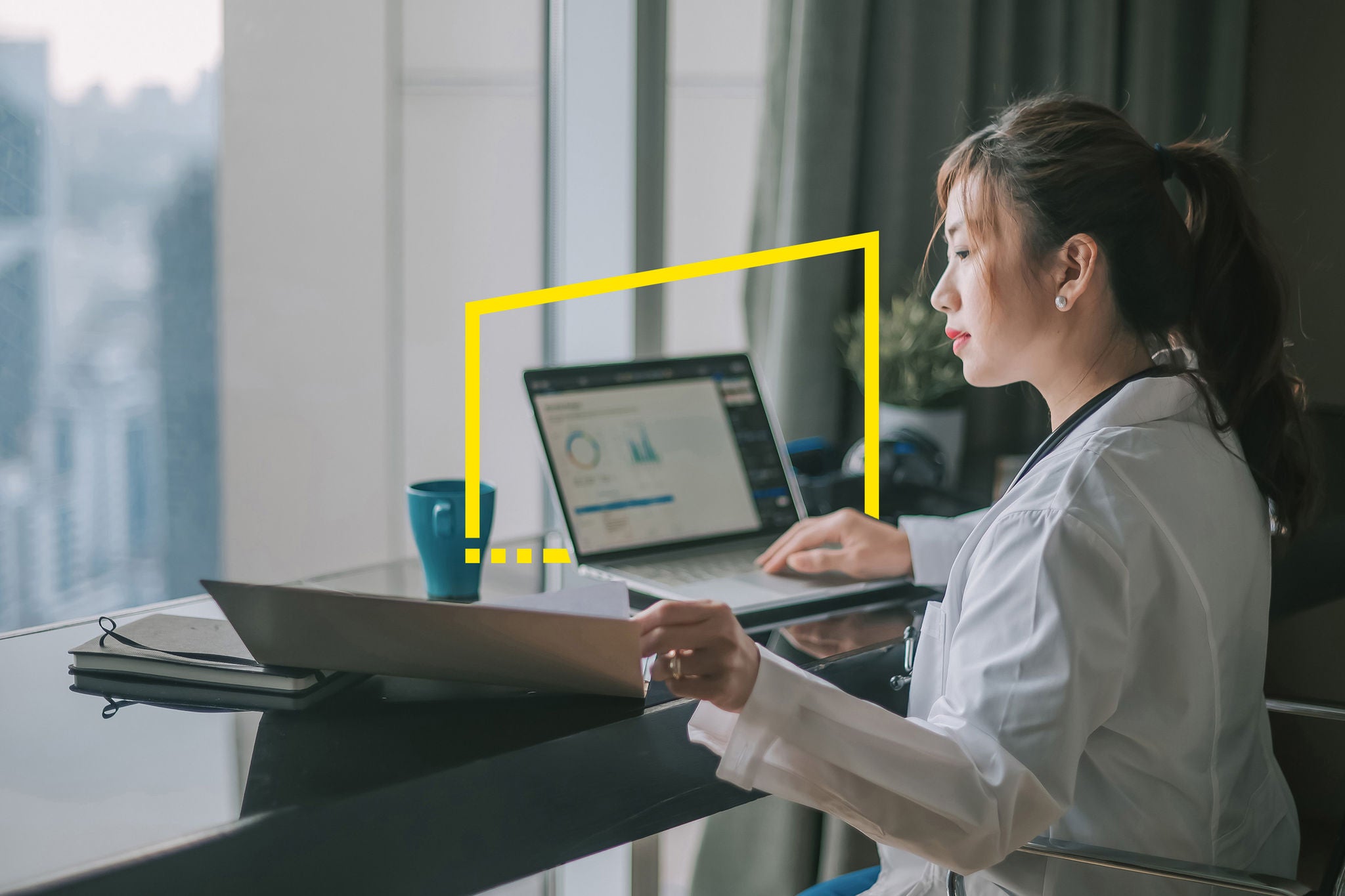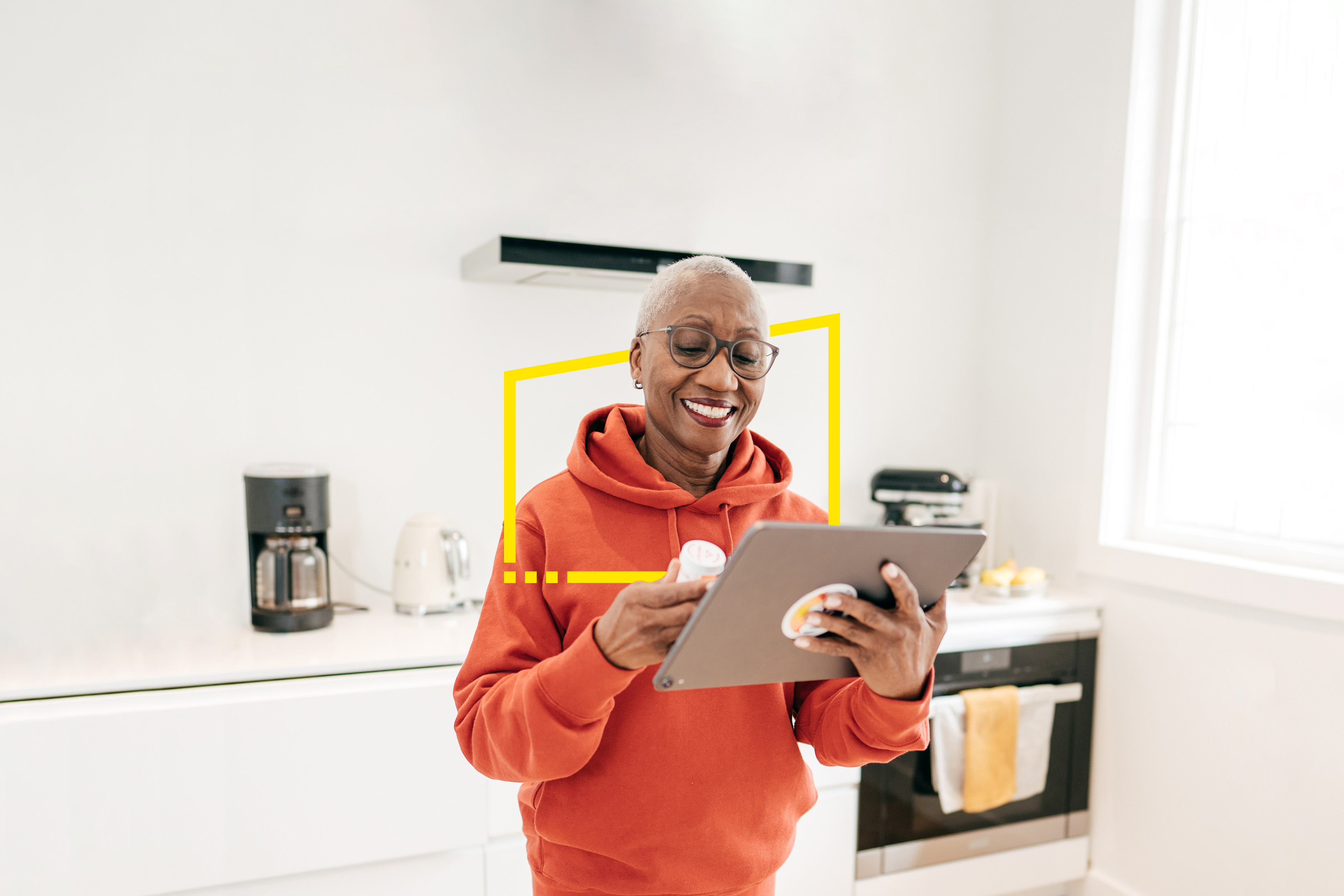EY refers to the global organization, and may refer to one or more, of the member firms of Ernst & Young Global Limited, each of which is a separate legal entity. Ernst & Young Global Limited, a UK company limited by guarantee, does not provide services to clients.
How EY can help
-
Our Smart Health solutions can help your business become a smart health organization. Learn more.
Read more
Digital patient twin technology that fuses together a wide range of data sources beyond the traditional medical record — from wearable sensors, to air pollution levels — can forecast the future health of both individuals in the example above and help enable health systems to provide better care for each. Using predictive analytics, health systems can identify the points in an individual’s life where they might be at higher risk for developing new conditions or seeing existing disease progress, and intervene in powerful ways to change the course of a person’s health.
The resulting individualized care path can not only achieve a better patient experience and engagement but also bring quantifiable value for governments and payers, reducing the burden on the health care system overall. Digital twin technology holds the potential to make health care more personal, more effective, more efficient and more equitable.
Personalized care pathways offer a better health care experience
With the insights possible from digital twin technology, health systems can tailor each interaction with the patient — from the first outreach, through treatment and post-recovery. For consumers who are accustomed to personalization in most of their shopping experiences, they do not want to be treated along standardized care pathway protocols that treat all patients the same: they want health care that meets their specific needs, preferences and personal circumstances.
As in retail, consumer preference data can signal to the health provider whether they would be most successful contacting an individual by phone, video chat, text or email. Predictive analytics applied to demographic, community, socioeconomic and environmental data sets can help health systems recognize key obstacles to care for certain individuals and communities.










